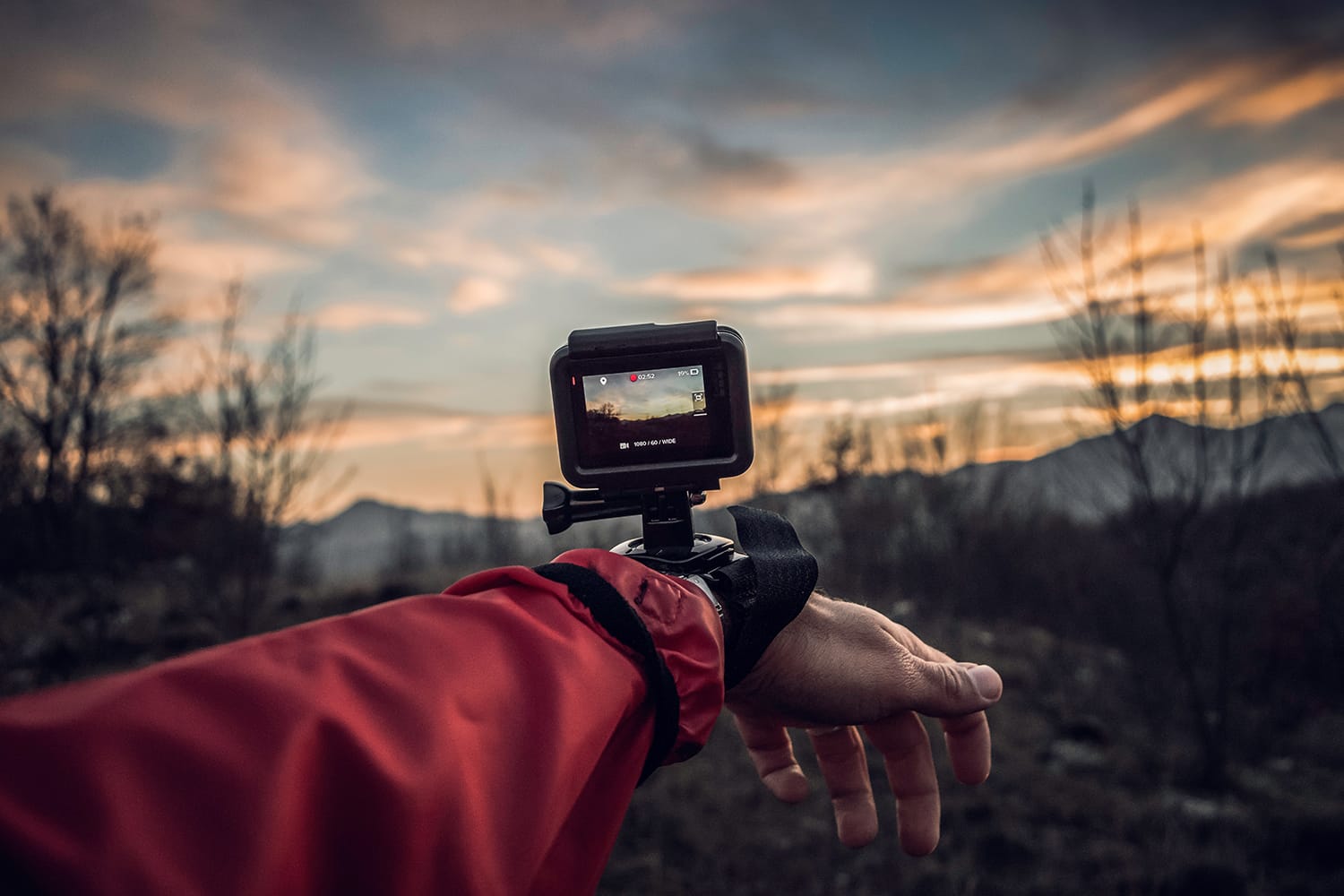Understanding WDR in Action Cameras: A Detailed Guide
As a professional photographer, you are often tasked with capturing stunning visuals in a variety of lighting conditions. The feature of Wide Dynamic Range (WDR) in action cameras could be a game-changer for you. But what is WDR in action camera and how does it impact your work?
Whether you are filming an intense mountain bike trail ride or capturing the serene beauty of a sunset, WDR can help you achieve a balanced exposure, ensuring that both the darkest and brightest parts of the scene are well-detailed.

What Exactly is WDR?
WDR or Wide Dynamic Range is a technology used in photography and videography to address the issue of high contrast lighting conditions. In simple terms, it makes sure that areas of extreme brightness and darkness in a scene are more evenly exposed. This is particularly effective in outdoor photography where you can't always control the lighting.

How Does WDR Work?
WDR works by capturing multiple frames of the same scene with different exposure levels and then combining them into one balanced image. This composite image will have details in both the shadows and the highlights. The process usually involves sophisticated algorithms that can efficiently blend these frames together.
For example, when you are shooting a landscape with a bright sky and a dark foreground, the camera will take one shot exposing for the sky and another for the foreground. WDR then combines these images to produce a final shot where both the sky and the foreground are well-exposed.

The Role of Sensors
Sensors play a crucial role in WDR technology. The better the sensor, the more efficiently it can handle multiple exposures. High-end action cameras usually feature advanced sensors capable of high dynamic range.
Sensor Quality
Not all sensors are created equal. In action cameras, you will find a range from CMOS sensors to more advanced Exmor sensors. A high-quality sensor can capture more details, making the WDR technology even more effective.

Applications of WDR in Action Cameras
The primary use case for WDR is in scenarios with high contrast lighting. Here are some practical applications:
- Outdoor Activities: When capturing outdoor adventures, such as biking, skiing, or surfing, WDR can help in balancing the exposure between bright sunlight and darker shadow areas.
- Urban Exploration: In urban settings, the lighting can vary significantly. WDR helps in maintaining a balanced exposure.
- Night Photography: When shooting in low light conditions, WDR can help in capturing more detail without making the image overly bright or dark.
Real-World Example
Imagine you are filming a rock climbing expedition. The top of the mountain is brightly lit by the sun, but the base is almost in shadow. A camera with WDR will be able to capture details in both areas, giving you a more dynamic and visually appealing shot.
For more on getting the best cinematic shots with your action camera, you can check out these tips.
Brands and Models with WDR
Several brands offer action cameras with WDR technology. Some of the most popular models include:
- GoPro Hero series
- Sony Action Cam
- DJI Osmo Action
For a thorough understanding of how to activate features on these models, refer to this guide.
Advantages of WDR
- Balanced Exposure: One of the major advantages is the balanced exposure it offers in challenging lighting conditions.
- Detail Preservation: WDR helps in preserving details in both the shadow and highlight areas of the image.
- Realism: It makes your photos and videos look more natural and closer to what you see with your eyes.
Challenges and Limitations
While WDR is a highly beneficial feature, it is not without its challenges:
- Processing Time: Combining multiple exposures takes time, which can slow down the shooting process.
- Storage Space: WDR images can take up more space as they are usually higher in quality.
Conclusion
Understanding and utilizing WDR can significantly enhance your photography and videography endeavors. If you have not yet experimented with this feature, now is the time to explore its capabilities.
For additional tips on how to clean your action camera to ensure the best results, you can visit this guide.
FAQs
1. What is WDR in action cameras?
WDR stands for Wide Dynamic Range, a technology that balances the exposure levels in high-contrast lighting conditions.
2. How does WDR improve image quality?
WDR works by capturing multiple exposures of the same scene and combining them, resulting in a balanced final image with more details.
3. Which action cameras feature WDR?
Several brands, including GoPro, Sony, and DJI, offer models equipped with WDR technology.
As an Amazon Associate, I earn from qualifying purchases.

